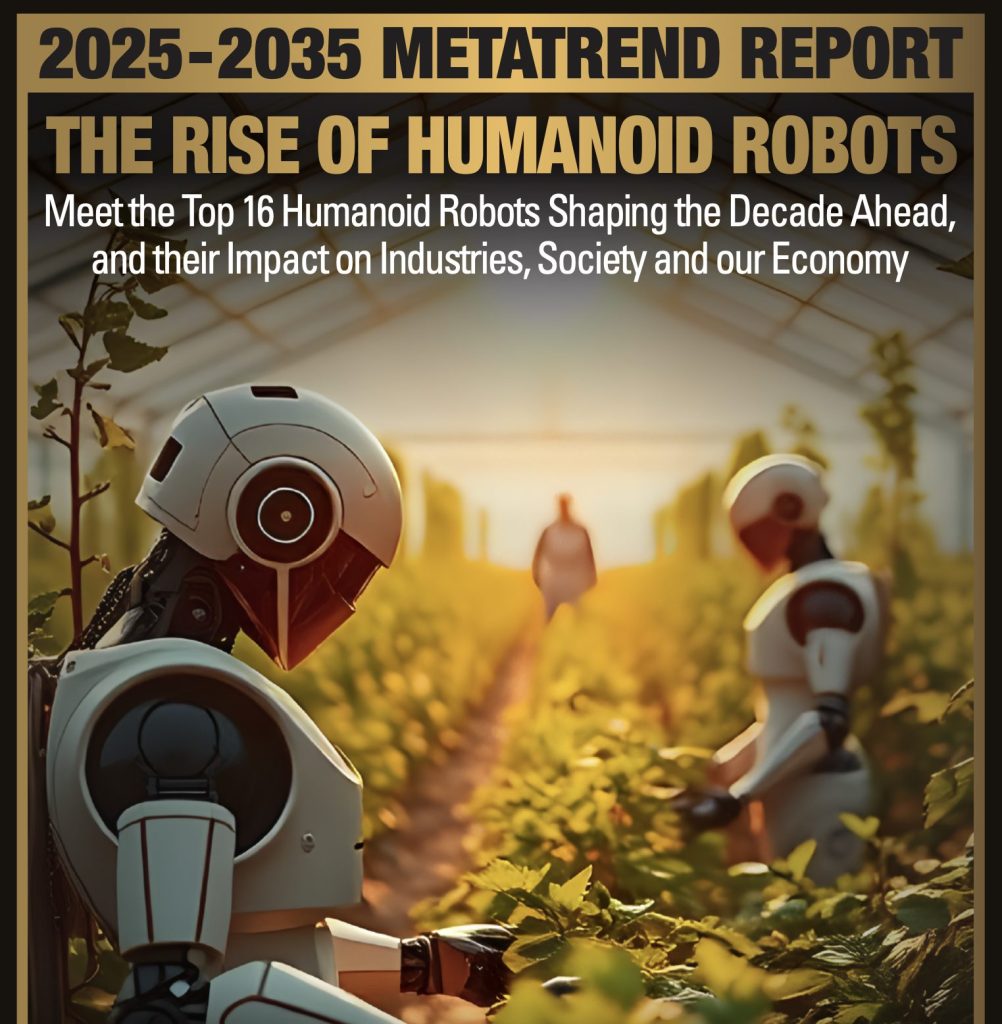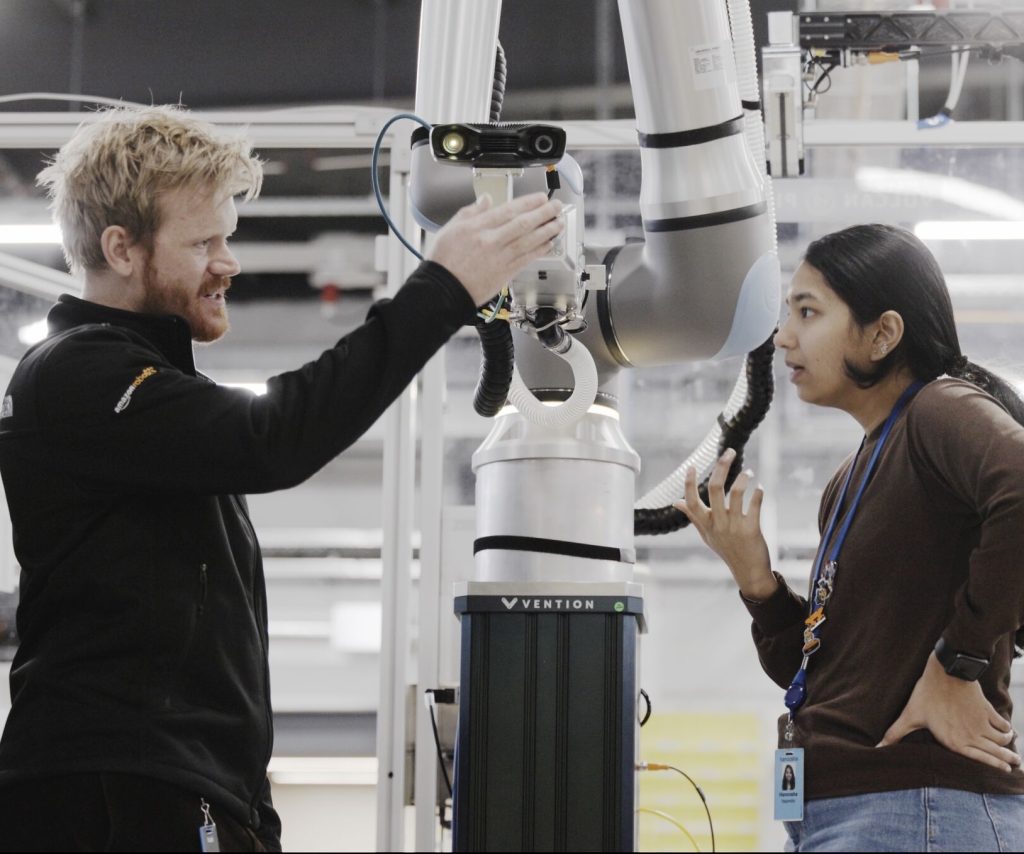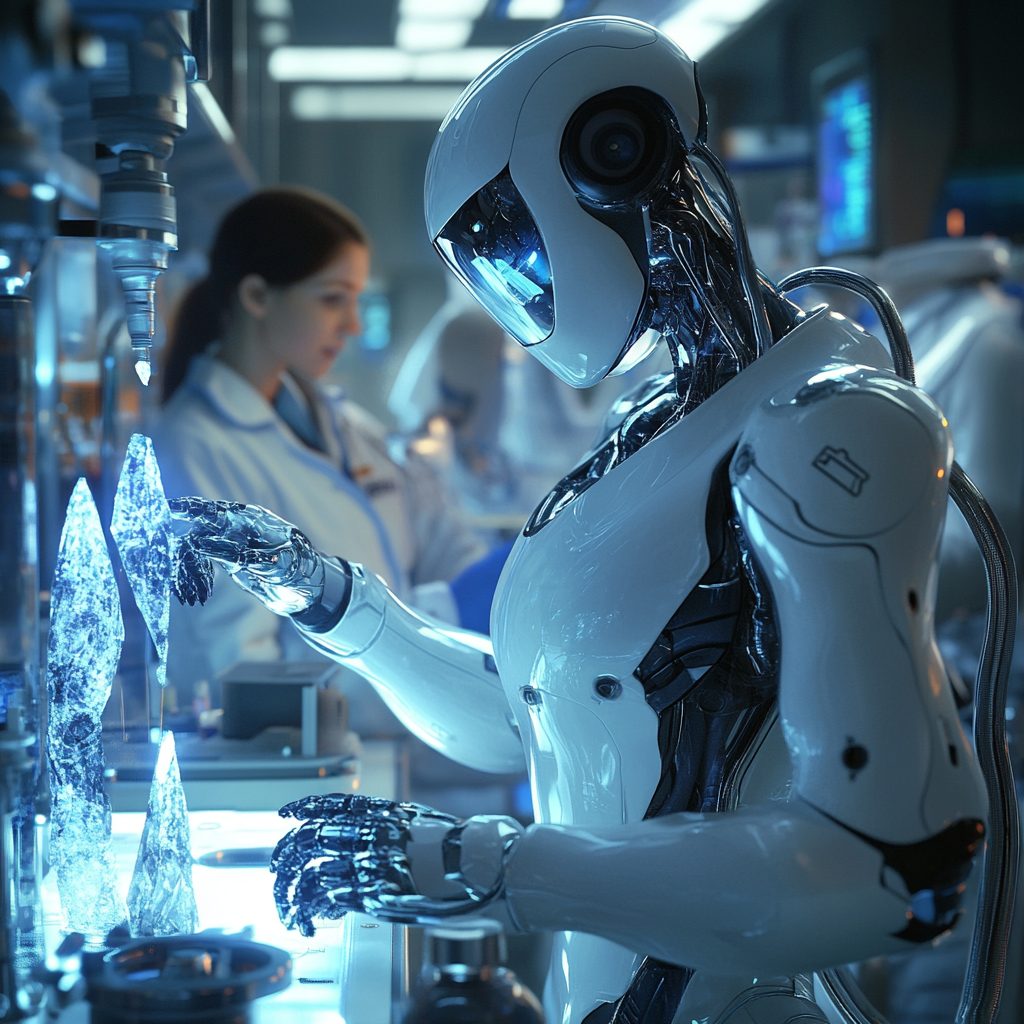Based on insights from Peter H. Diamandis’ MetaTrend Robotics Report, the biggest labor revolution of our time isn’t about humans working harder looking for jobs; instead it will be about us not working at all!
That’s the future painted in the MetaTrend Robotics Report authored by Peter H. Diamandis, exploring the sudden rise of humanoid robots poised to reshape everything from eldercare and construction to logistics and home life. What’s shocking isn’t just how capable these robots are becoming—but how soon they’ll be part of our daily reality.
By 2040, experts like Elon Musk and Brett Adcock believe there could be over 1 billion humanoid robots working alongside us. That’s more robots than there are cars on Earth. And at a projected cost of around $20,000—less than a small car—the economic case is strong. These machines won’t just walk and talk; they’ll do jobs humans can’t or won’t do, and they’ll do them tirelessly.
“If you’ve got a sentient humanoid robot that is able to navigate reality and do tasks at request, there is no meaningful limit to the size of the economy.” — Elon Musk
Why Now?
A perfect storm of technologies is accelerating this shift. Think AI that can see, hear, and speak (like GPT-4o), high-efficiency batteries, lightweight sensors, and actuators that move like human muscles. These aren’t robots from a sci-fi movie—they’re working today. Companies like Tesla (Optimus), Figure AI (Figure 02), and Agility Robotics (Digit) are already running pilots in factories and planning home rollouts.
One driving force? A global labor crisis. By 2030, 25% of the U.S. population will be over 70. In Japan, that figure hits 35%. The world simply doesn’t have enough people to do the work. Robots don’t need healthcare, don’t take holidays, and don’t quit.
The Disruption Dilemma
Of course, this raises difficult questions. What happens to jobs? Do we all get replaced? The report doesn’t shy away from this. The answer lies in rethinking what we mean by “work.” Many see this as a path toward a world of “abundance”—where robots handle the dull, dangerous, and dirty tasks, and humans are free to focus on creativity, connection, and exploration.
“Technology is the means by which humanity takes a vacation from basic survival.” — Sadhguru
Still, this future needs thoughtful planning. Proposals like Universal Basic Income (UBI) funded by taxes on robotic labor are gaining traction.
🤖 Q&A: What People Are Asking
Q1: Will robots really take my job?
Not all of them—but yes, many repetitive, manual, or dangerous jobs will be automated. The silver lining? This frees humans to take on more meaningful and creative work.
Q2: When will I see robots in my everyday life?
Much sooner than you think. Companies are already deploying robots in factories, warehouses, and even retail. Within 3–5 years, expect to see them assisting in homes and hospitals.
What do you think—will humanoid robots free us or replace us? Let us know in the comments!
👉 Sign up for our AI Newsletter to get more stories like this every week.
Looking to explore how humanoid robots or AI can impact your business? Click here for Consulting Expertise on AI.
If you’re exploring how AI can drive real results for your team, our AI Consultancy Services might be exactly what you need — check it out now!


